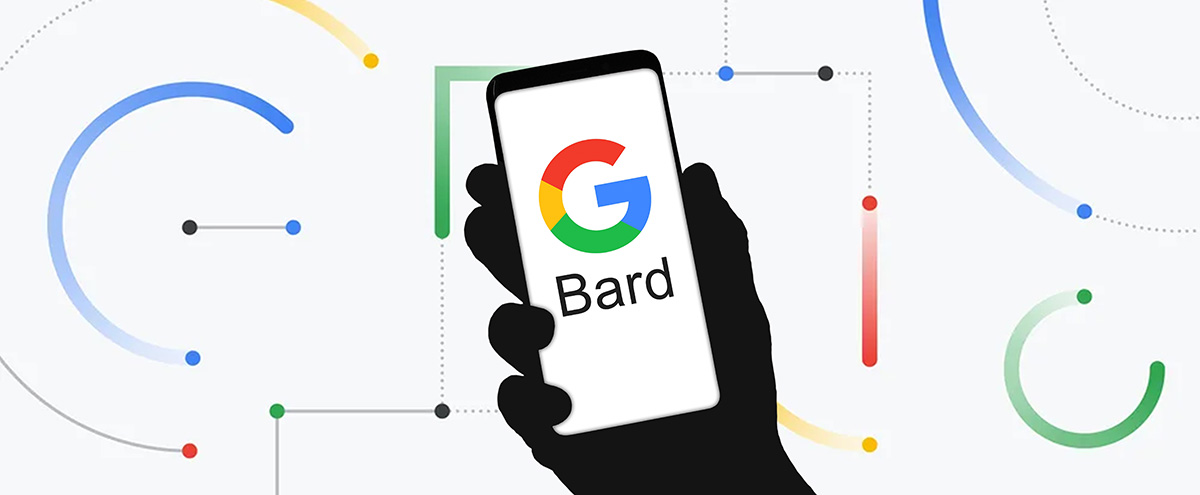On July 13th, Google-owned Bard officially launched its artificial intelligence platform in Arabic. The platform rivaling against Microsoft-backed ChatGPT now caters to 16 colloquial Arabic dialects, with the ability to address the needs of Arabic speakers. Other languages include Chinese, German, and Spanish. Furthermore, the chatbot is now accessible to more than 180 countries and territories.
The launch of Bard in Arabic is part of an update that incorporates 43 languages into the Google tool. The tool was only available in English at the time of it’s official launch in May.
The platform is now able to support inquiries in dialects including Egyptian, Saudi, and Emirati, however responses will be provided strictly in classical Arabic. Furthermore, the interface now accepts Arabic’s right-to-left nature.
Read more: Google’s Bard chatbot gets a major upgrade
“Bard will be available in the Arabic language across all corners of the Arab world as part of its global launch in 40 other languages,” says Najeeb Jarrar, Regional Director of Marketing at Google Mena.
An interesting feature that Google caters to is the phenomena of code-switching. Code-switching refers to the simultaneous use of two languages in a single sentence. Bard can now interpret a bilingual command, and can offer the same in return. In other words, Bard can communicate in a way that matches the sociolinguistic use of the Arabic language. It is interesting to note that Bard caters to all levels of language proficiency, and can interpret commands that are mainly in English but borrows from other language, such as Arabic.
The one feature that Bard does not support is the use of ‘Arabeezy,’ or ‘Arabglizi.’ This type of Arabic refers to the transliteration of Arabic words using English letters or numbers. According to Jarrar, this is due to the fact that there has been an increase in users typing in Arabic. Further, the availability of Arabic language keyboards has increased, making it more prevalent on many devices.
Bard users also have the option of audio responses, meaning that, by clicking on the sound icon, users can hear Bard’s response out loud. This is a very important feature in ensuring equitable accessibility to all users of the platform. Other features that were rolled out include the ability to upload images, which can be analysed with Google Lens. Further, users are able to change the voice or tone of Bard’s responses.
As for the platform’s proficiency, Jarrar regards the constant need for improvement when it comes to such an extensive platform. “Large language model and generative AI in general still require a person with expertise to look over the results before use,” he said. “Of course, there will be mistakes … it is a machine and it learns from the errors it makes.”
For more technology news, click here.








